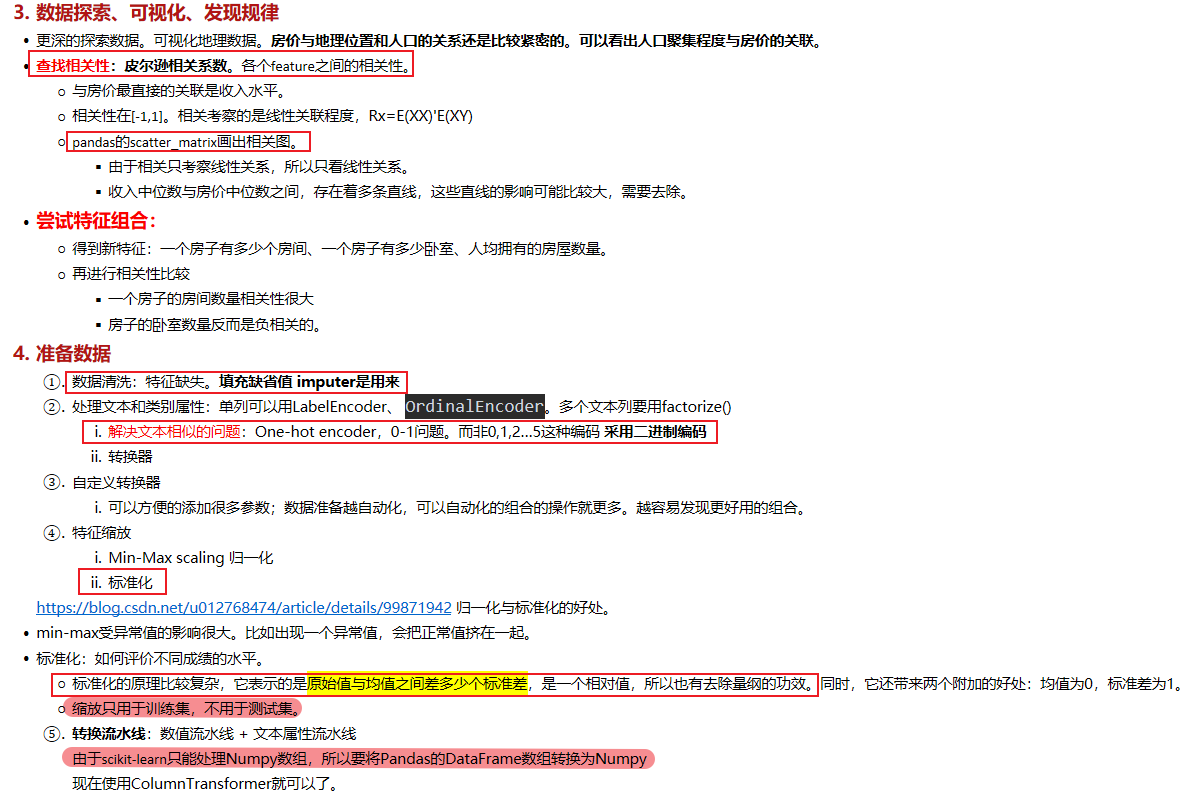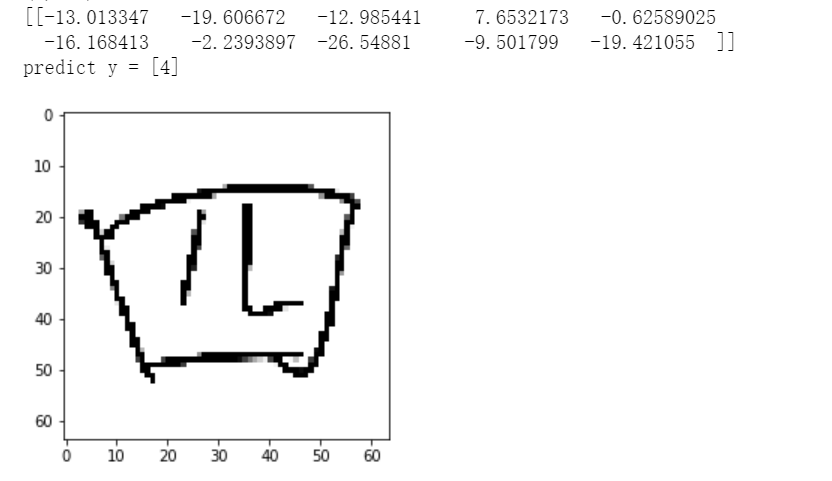

Which obviously does not change the input data at all. Permutes the dimensions of the input according to a given pattern. Model = models.Model(inputs=, outputs=permuted_x) Permuted_x = channel_shuffle4(image_input) M = K.concatenate((l, l))Ī keras non working implementation is below: def channel_shuffle(x): Also, I am not sure if the concatenate version is slower (if someone can answer this one I would be grateful).Ī working tensorflow implementation using concatenate(): import tensorflow as tfĪ = tf.constant(,, ],, , ]]]) Usually either a Variable or ResourceVariable instance. For more details, see the documentation of tf.getvariable and the 'Variable Partitioners and Sharding' section of the API guide. I have managed to do it with concatenate() but I would like an implementation using permute_dimensions(). def diffs(self, y): volshape y.getshape().aslist()1:-1 ndims len(volshape) df None ndims for i in range(ndims): d i + 1 permute dimensions to put the ith dimension first r d, range(d), range(d + 1, ndims + 2) y K.permutedimensions(y, r) dfi y1. Available partitioners include tf.fixedsizepartitioner and tf.variableaxissizepartitioner. I have found this implementation but it seems to be wrong because I think it's based on this pytorch implementation. Useful for e.g. connecting RNNs and convnets together.I am trying to implement in tensorflow (or keras) a channel shuffle function. Output shape: Same as the input shape, but with the dimensions re-ordered according to the specified pattern. Whether the layer weights will be updated during training. conjugate: This parameters is set to True if the input. In addition, view() can not only replace the order of dimensions, but also directly change the dimensions. perm: This parameters specifies the permutation according to which the inputtensor is to be transposed. We can find that the dimensions are arranged the same as using permute(), the order of the elements in the tensor will not change. inputtensor: as the name suggests it is the tensor which is to be transposed. This function is used to transpose the input tensor. It will be autogenerated if it isn’t provided. tf.transpose () is a function provided in TensorFlow. ztransform: B, U, 4 ztransform Permute((2, 1))(Reshape((4, self. Should be unique in a model (do not reuse the same name twice). Any) -> tuple: Conduct softmax on each dimension across the four gates. The data type expected by the input, as a string ( float32, float64, int32…)Īn optional name string for the layer. How do I permute a particular dimension of my tf tensor in the following patter: e.g. Indicates batches of an arbitrary number of 32-dimensional vectors. For instance, batch_input_shape=c(10, 32) indicates that the expected input will be batches of 10 32-dimensional vectors. Input shape (list of integers, does not include the samples axis) which is required when using this layer as the first layer in a model.

I have managed to do it with concatenate() but I would like an implementation using permutedimensions(). For instance, (2, 1) permutes the first and second dimension of the input. I am trying to implement in tensorflow (or keras) a channel shuffle function. Permutation pattern, does not include the samples dimension. a Tensor, the output tensor from layer_instance(object) is returned. a Sequential model, the model with an additional layer is returned. TensorFlow Extended for end-to-end ML components API TensorFlow (v2.9.1) r1.15.

missing or NULL, the Layer instance is returned. Permutes the dimensions of the input according to a given pattern. Typically a Sequential model or a Tensor (e.g., as returned by layer_input()). What to compose the new Layer instance with. The pipeline for a text model might involve. For example, the pipeline for an image model might aggregate data from files in a distributed file system, apply random perturbations to each image, and merge randomly selected images into a batch for training. Layer_permute( object, dims, input_shape = NULL, batch_input_shape = NULL, batch_size = NULL, dtype = NULL, name = NULL, trainable = NULL, weights = NULL ) Arguments Arguments The tf.data API enables you to build complex input pipelines from simple, reusable pieces.


 0 kommentar(er)
0 kommentar(er)
